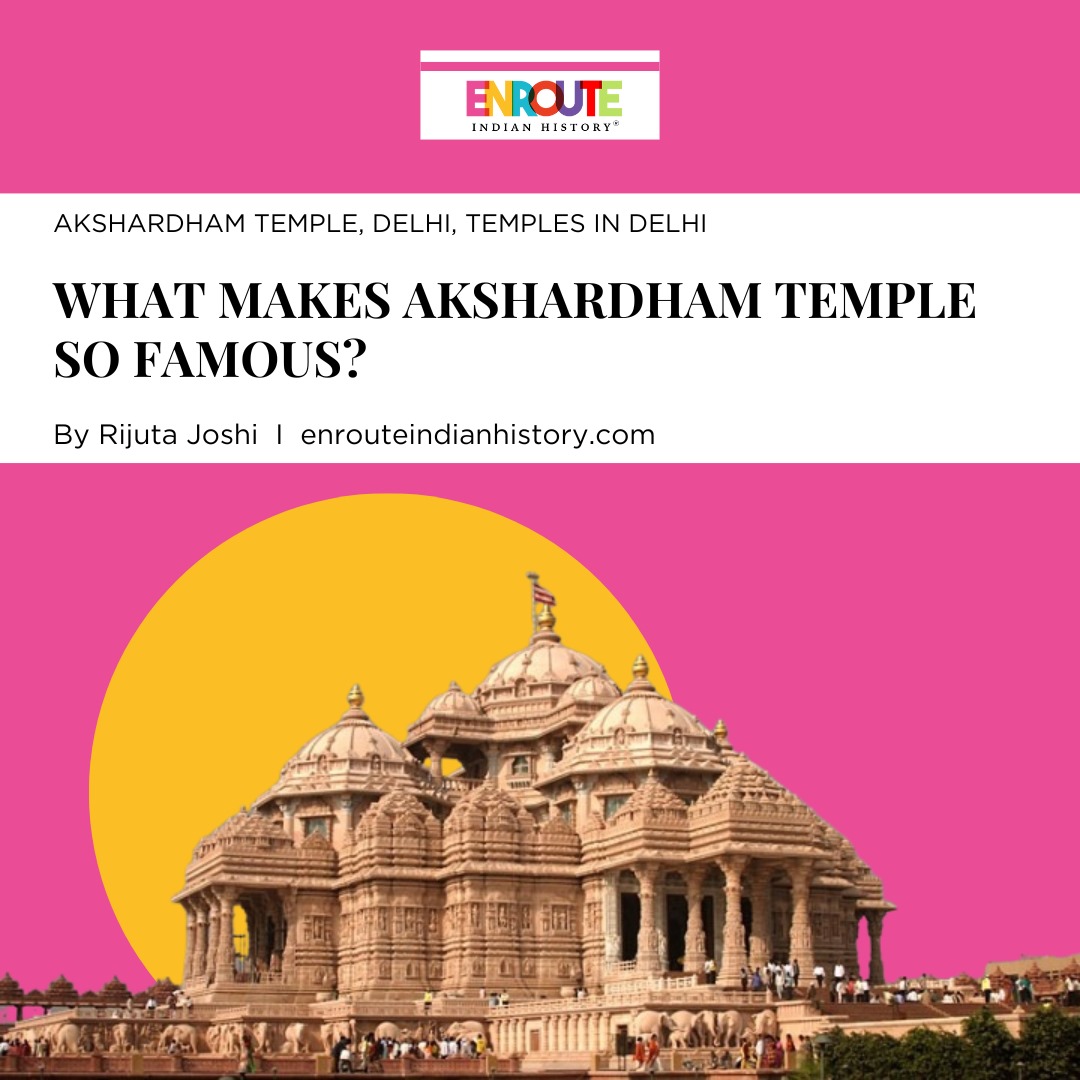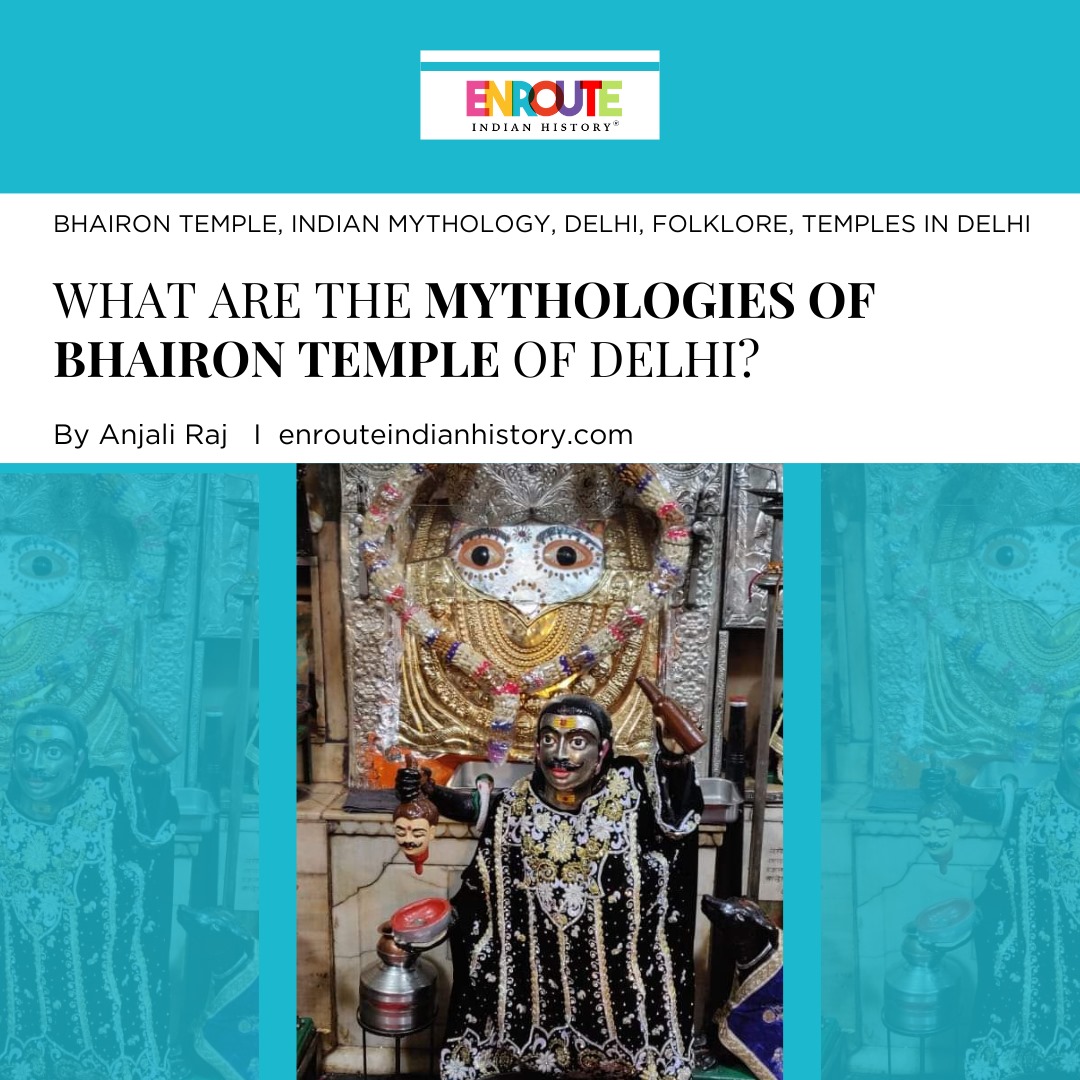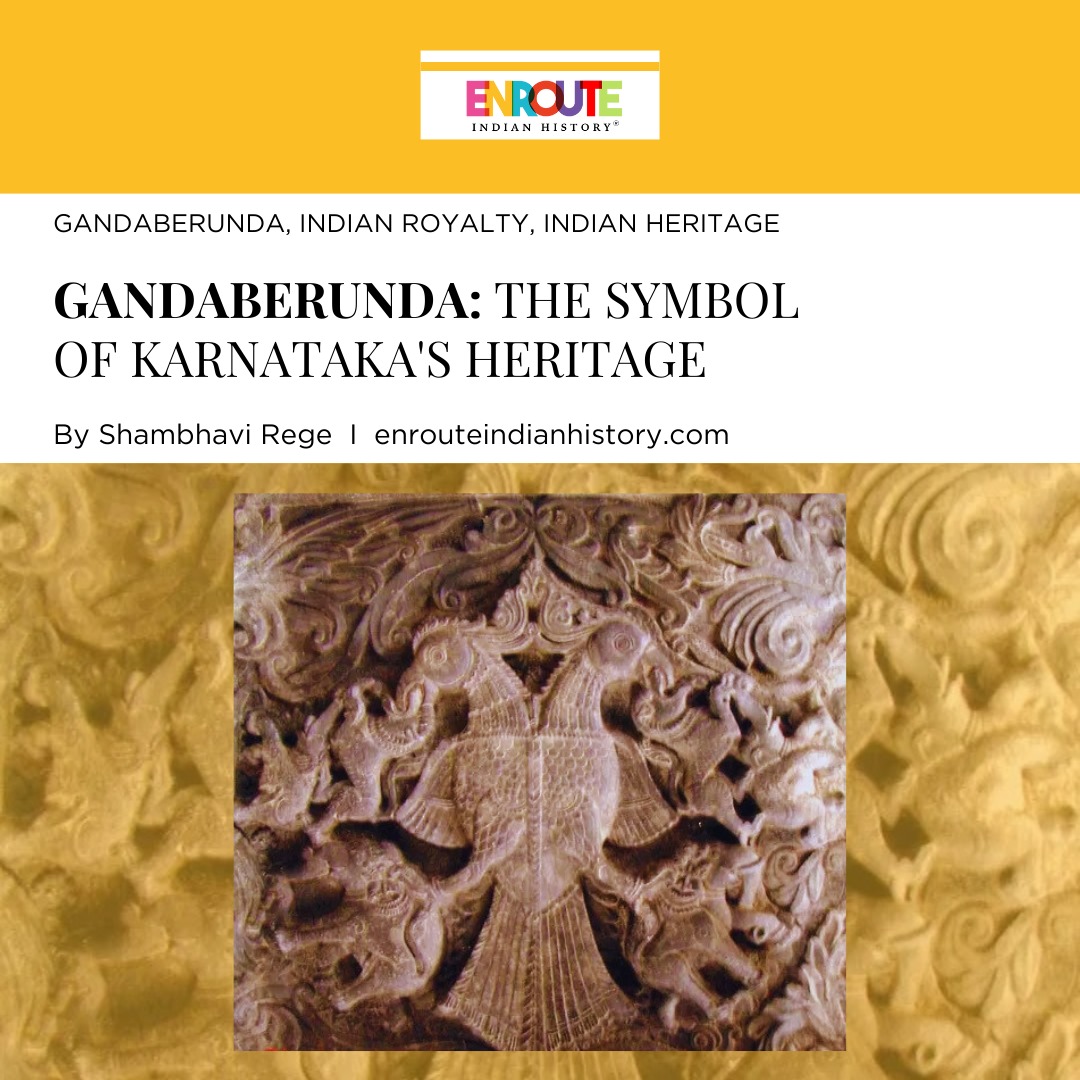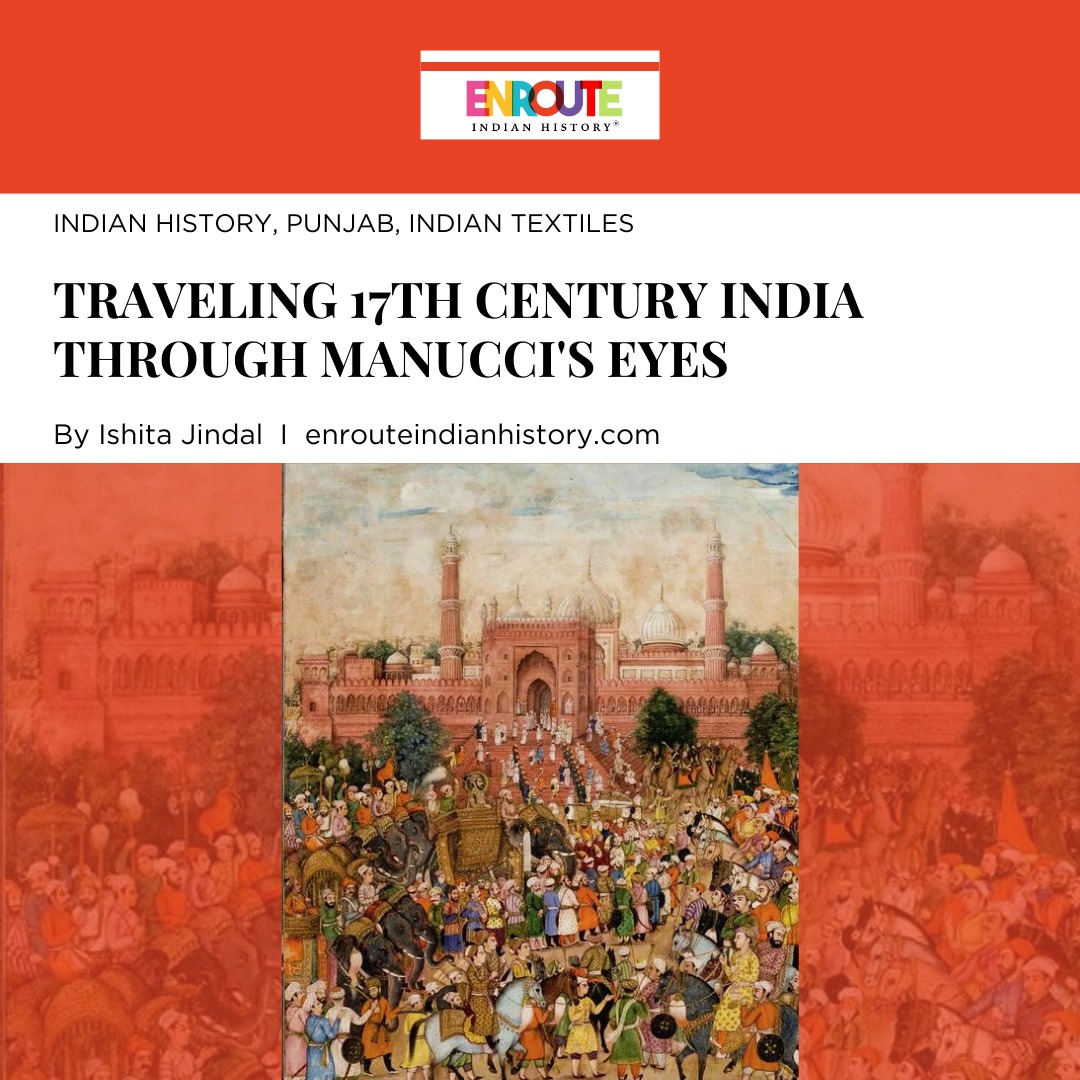
Out of all the festivals celebrated by the Hindu community globally, Diwali or Deepavali stands out as one of the most widely celebrated festivals. The first day of Diwali is Dhanteras which falls on the thirteenth day of the Krishna Paksha in the Hindu month of Kartika. Dhanteras marks the commencement of the five-day-long Diwali festival. The term Dhanteras is also derived from two words: “dhan” meaning wealth and “teras” signifying the thirteenth day. As its name suggests, Dhanteras primarily revolves around the veneration of wealth, prosperity, and good fortune.

Raja Ravi Verma Heritage Foundation ; Exiled from Ayodhya due to court politics, Ram, Sita and Lakshmana were forced to venture into the Dandaka forest and lived there for fourteen years.
Dhanteras holds a very significant position in Indian society with a series of different rituals and traditions. It entails a meticulous process of cleaning residences and business establishments, adorning entrances with intricate rangoli designs to extend a warm welcome to the revered deity of wealth and prosperity, Lakshmi. Throughout the night, oil lamps are diligently kept alight as an act of devotion. The pinnacle of the day’s observance is the evening puja, a solemn and dedicated ritual during which traditional earthen lamps, known as diyas, are ceremoniously ignited. This act is emblematic of invoking the blessings of Lakshmi.

The Antique Story; Oleograph of Lakshmi by Raja Ravi Verma which dates back to the late nineteenth century.)
Mythical Genesis of Dhanteras
Dhanteras, also known as Dhanatrayodashi, marks the first day of the five-day Diwali festival and holds significant historical and religious importance in Hindu culture. The history of Dhanteras is rooted in ancient Indian mythology and traditions. Here is an overview of its historical significance. Dhanteras is associated with several legends. One of the most prominent stories is the tale of King Hima’s son. It is believed that the sixteen-year-old prince was destined to die on the fourth day of his marriage due to a snake bite. His newlywed wife, however, was astute and prevented this fate by adorning the entrance of their chamber with an abundance of gold and silver jewellery, and she lit lamps all night. She also kept him engaged with stories and songs. When Yama, the God of Death, arrived in the form of a serpent, the dazzling lights, the gleaming jewellery, and the wife’s melodious songs prevented him from taking the prince’s life. Hence, in various regions of India, Dhanteras festivities continue to be commonly referred to as “Yamadeepam” by the local populace.‹

Victoria and Albert Museum, London ; Yamdeepam, also known as Yam Deep Puja is performed in the evening by lighting a lamp for Yamraj, the God of Death.
Another compelling legend that underpins the celebration of Dhanteras revolves around Dhanvantri and the Amrit Kalash. It is intrinsically linked to the epic narrative of Samudra Manthan, or the churning of the cosmic ocean. According to this ancient narrative, a monumental battle for supremacy between Gods and Demons raged on for centuries. On the counsel of Vishnu, both factions agreed to undertake the task of churning the ocean, with the victor being declared the superior side. As the celestial churn commenced, employing the serpent Vasuki as the rope, a plethora of precious treasures and artifacts began to surface from the depths of the ocean. On the thirteenth day of Kartik Krishna Paksh, Dhanvantari, the divine physician of the Gods, materialized from the ocean’s depths. In his hands, he held the coveted Amrit Kalash, a vessel brimming with the elixir of immortality, which he presented to the Gods. Alongside Dhanvantari’s emergence, Lakshmi, the embodiment of wealth and prosperity, also rose from the ocean and was duly accepted as the divine consort of Vishnu. Consequently, Dhanteras is celebrated with fervor and devotion as a gesture of worship and gratitude to Dhanvantari and Lakshmi for their pivotal roles in this enthralling tale of celestial conflict and ultimate divine bestowment.

(Source : Raja Ravi Verma Heritage Foundation; The legend of the churning of the ocean involves the gods (on the right) and the demons in a collective effort.)

(Source – Asian Art Museum ; Another portrayal of churning of the ocean by gods and demons dating back to the nineteenth century. The serpent,Vasuki is employed as a sacred force, assisting the gods and demons in churning the ocean of milk to create the elixir of immortality and the drink of the gods, as well as other treasures.)

(Source – Salar Jung Museum ; Another portrayal of samudra manthan dating back to the eighteenth century. In this painting Vishnu is seated on an elevated rock placed over a tortoise, Kurma in the sea. Vasuki is tied to the rock for churning the ocean. It is unusually shown that Shiva and demon Vrishabhasura holding snake on one side and Brahma and a devata purusha on the other side. In the back, the articles emerged from the ocean such as Mohini, Iravatam, Kamdhenu, Ucchhiasvam, bow and arrow and Dhanwantari are shown.)
According to another particular legend, Lakshmi persuaded Vishnu to accompany her during his visit to Earth. Vishnu consented but imposed a strict condition: he forbade venturing into the southern region. However, upon reaching Earth, Lakshmi was irresistibly drawn to the allure of the southern landscape, adorned with lush sugarcane fields and fragrant mustard flowers. Succumbing to temptation, she disregarded her promise and moved southward, plucking flowers and indulging in sugarcane juice. In response to this breach of trust, Vishnu, incensed by Lakshmi’s actions, imposed a curse upon her, condemning her to spend the next 12 years in earthly service to the farmer whose fields she had transgressed. Accepting her punishment, Lakshmi dutifully served the farmer, contributing to his prosperity over the ensuing 12 years. However, when Vishnu returned to claim Lakshmi after this period, the farmer adamantly refused to part with her. This obstinance compelled Lakshmi to disclose her true divine identity to the farmer. In addition, she pledged to visit him annually on the night of Dhanteras. Consequently, the farmer initiated the practice of meticulously cleansing his abode to welcome Lakshmi, eventually inspiring others to partake in this celebratory tradition as well.
(Source – Art Gallery of New South Wales, Australia ; This scene from the sacred Bhagavata Purana text illustrates the love of Vishnu and his consort Lakshmi, the goddess of wealth and prosperity, as they float atop the cosmic waters. The blue-skinned Hindu god Vishnu is shown reclining on the giant serpent Ananta Shesha (everlasting serpent). In Vishnu’s four hands, he holds his attributes – a discus, mace, lotus blossom and conch shell. Vishnu’s feet rest in Lakshmi’s lap. Their union represents the creation of the world symbolised by the birth of Brahma, the four-headed god of creation. Brahma can be seen emerging from the lotus flower growing from Vishnu’s navel.)
Rituals associated with Dhanteras
The observance of Dhanteras entails a series of structured rituals and customs that reflect the solemnity and devotion associated with the occasion. In the days leading up to Dhanteras, meticulous cleaning of homes and business premises is undertaken. This act symbolises the purification of living spaces and the removal of impurities, both physical and spiritual, to create an environment conducive to receiving divine blessings. A prevailing custom during Dhanteras is the acquisition of precious metals, particularly gold and silver. This tradition is grounded in the belief that investing in such assets on this auspicious day will secure financial stability and usher in good fortune. It underlines the intertwining of material prosperity and religious observance. Gold holds a special significance during the celebration of Dhanteras. Dhanteras is considered an auspicious time to buy gold jewellery, such as necklaces, earrings, bangles, and rings. Along with jewellery, people also buy gold coins and bars on Dhanteras. These are often adorned with images of Lakshmi and other auspicious symbols. Gold has deep cultural and societal significance in many parts of India. It is often passed down through generations as an heirloom and is considered a valuable part of a family’s heritage. Dhanteras holds economic significance, especially for merchants and traders. They commence the new financial year by inaugurating fresh account books, which are subsequently presented to deities, most notably Lakshmi, as an expression of gratitude for the preceding year’s commercial success. This day holds paramount significance for the mercantile Gujarati community residing in Western India. In a testament to their veneration, Gujarati merchants inaugurate new account ledgers, which are subsequently presented to Goddess Lakshmi as an offering. Moreover, they express their devotion and seek her favour by leaving offerings of money and jewellery meticulously arranged on the altar in her honour. Meanwhile, Swetambara Jains devote their first day of Diwali or Dhanteras to polishing jewellery in honour of Lakshmi. This financial accounting tradition is emblematic of the intersection between business culture and religious faith.

A gold coin with Lakshmi’s image inscribed on it.
Dhanteras, spanning both ancient and modern times, carry forward the legacy of meticulously observed rituals, which symbolize the cleansing of impurities, the illumination of light over darkness, and the exchange of gifts and blessings. The acquisition of gold and other precious assets on this day is not merely a transaction but a ritual, grounded in the belief that it will secure financial stability and invite prosperity. As the lamps are lit, and prayers are offered on this auspicious day, they serve as beacons of light, guiding us toward a future filled with prosperity, harmony, and spiritual fulfillment.
REFERENCES
- Chirkut, Sheila. “The Festival of ‘Deepavali’ as Marks of Tradition and Identity for Working, Married Hindu Women: Continuity and Change.” Journal for the Study of Religion, vol. 20, no. 1, 2007, pp. 87–109. JSTOR, http://www.jstor.org/stable/24764328. Accessed 6 Nov. 2023.
- Gode, P. K. “STUDIES IN THE HISTORY OF HINDU FESTIVALS—SOME NOTES ON THE HISTORY OF DIVĀLĪ FESTIVAL — (BETWEEN c. A. D. 50 AND 1945).” Annals of the Bhandarkar Oriental Research Institute, vol. 26, no. 3/4, 1945, pp. 216–62. JSTOR, http://www.jstor.org/stable/41784437. Accessed 6 Nov. 2023.
- ExoticIndiaArt. Story of Dhanteras – Learn About the Legend, Traditions, and Other Aspects. 1 Nov. 2023, www.exoticindiaart.com/article/story-of-dhanteras.
- “History and Significance of Dhanteras.” The Hindu, 21 Oct. 2022, www.thehindu.com/brandhub/pr-release/history-and-significance-of-dhanteras/article66039925.ece.
- Image Source – https://www.indiamart.com/proddetail/laxm
- April 25, 2024
- 14 Min Read
- April 4, 2024
- 7 Min Read


























